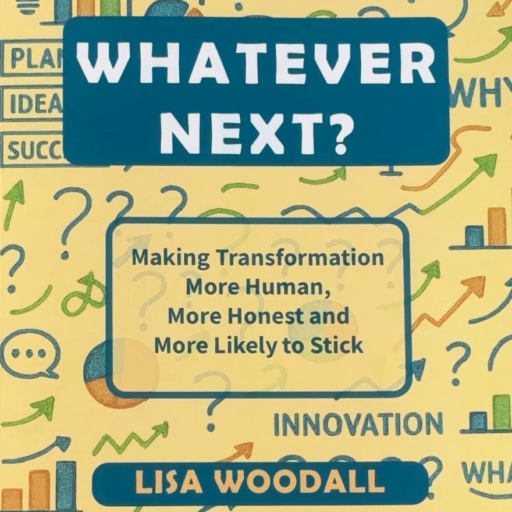Q: You’ve structured the book around these five “lenses.” Why go down that route?
A: Because transformation looks very different depending on where you stand. I didn’t want a single, rigid model. Instead, I wanted perspectives—lenses—that people could pick up, look through, and see their world a little differently. It’s less about one answer and more about framing better questions.
Lens One: Reflect
Q: Why “Reflect”?
A: Because too often transformation begins with charging ahead. Reflecting asks: Where are we really starting from? What baggage do we carry? What strengths are we overlooking? It’s about honesty, naming the reality before we race into solutions.
Lens Two: Reimagine
Q: And then comes “Reimagine”?
A: Yes. Reflection sets the stage, but reimagination is the spark. It’s about saying: What if? It challenges us to stretch beyond incremental tweaks and create space for collective vision. Transformation doesn’t stick unless people can see, and believe in, the future they’re moving toward.
Lens Three: Reframe
Q: What about “Reframe”?
A: Reframing is where conversations shift. It’s asking: What are we really saying yes to? What’s hiding in the unsaid? It’s beyond the business case, it’s about alignment, trade-offs, and surfacing what really matters. Leaders, teams, and architects alike need to keep reframing so the work stays anchored to purpose.
Lens Four: Rewire
Q: So then you “Rewire.” Sounds quite technical.
A: It can be, but it’s bigger than just systems. Rewiring is about outcomes, not outputs. It’s about aligning the operating core, structures, and ecosystems so transformation actually works day-to-day. Without rewiring, you’re just drawing pictures of change, not making it real.
Lens Five: Reconnect
Q: And finally, “Reconnect.” What’s that about?
A: That’s the human lens. Transformation is felt in the day-to-day moments, how people experience work, how they feel about the change. Reconnecting means tuning into that: listening, involving, and designing with humanity in mind. If you forget this lens, change might look neat on a slide, but it won’t stick in real life.
Q: So the lenses aren’t steps in a process?
A: Exactly. They’re not linear, they’re perspectives. You might use one lens more than another at different moments, but together they help you see transformation in the round: the head, the heart, the system, and the people who live it every day.
And what do I hope readers take from all this?
That the lenses spark new ways of seeing your own transformation—whether you’re leading it, designing it, or simply living through it.
And if you’re curious and want to find out more
Just swing by the website, hit Buy, and I’ll make sure a copy finds its way to you.

